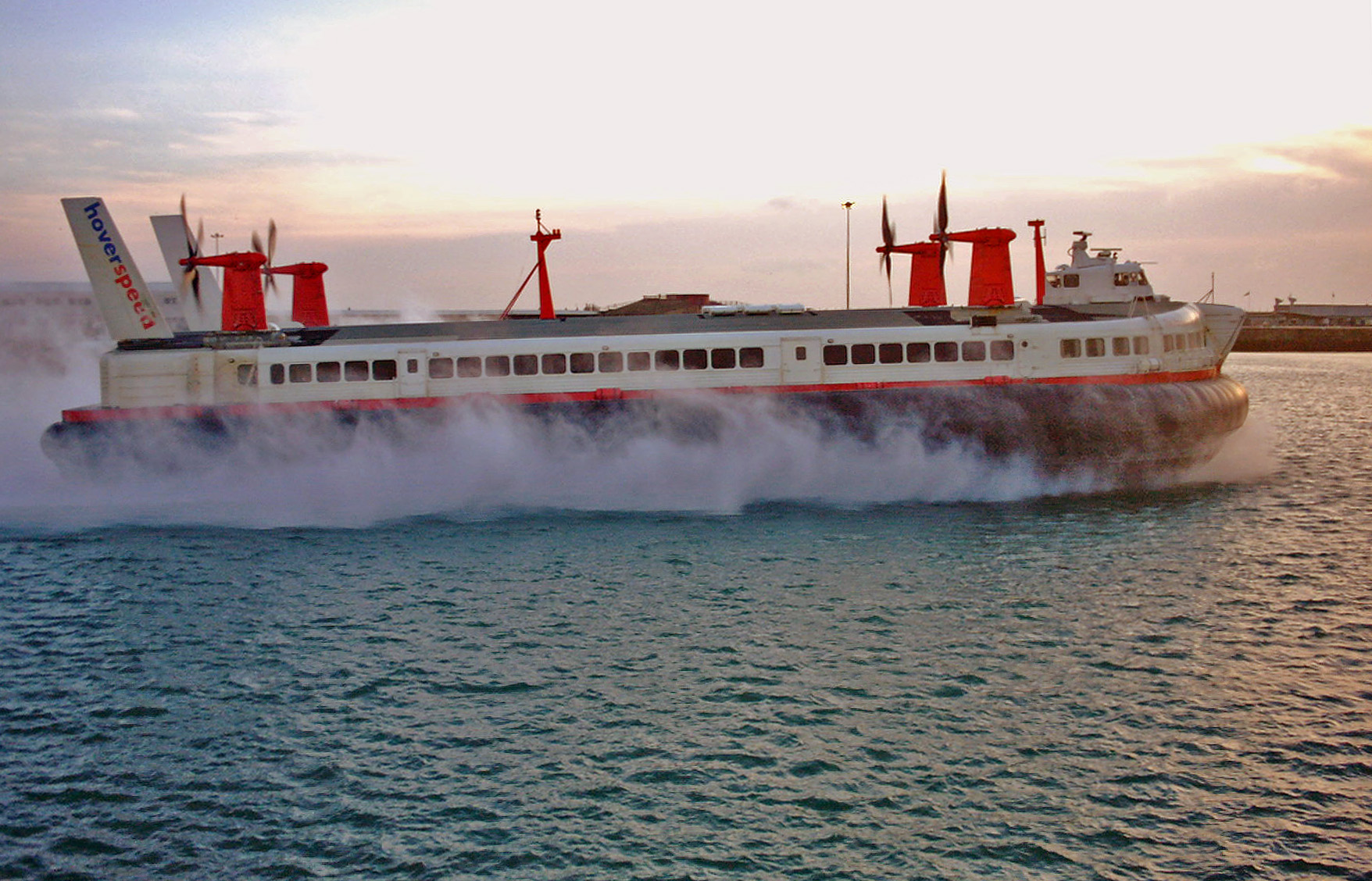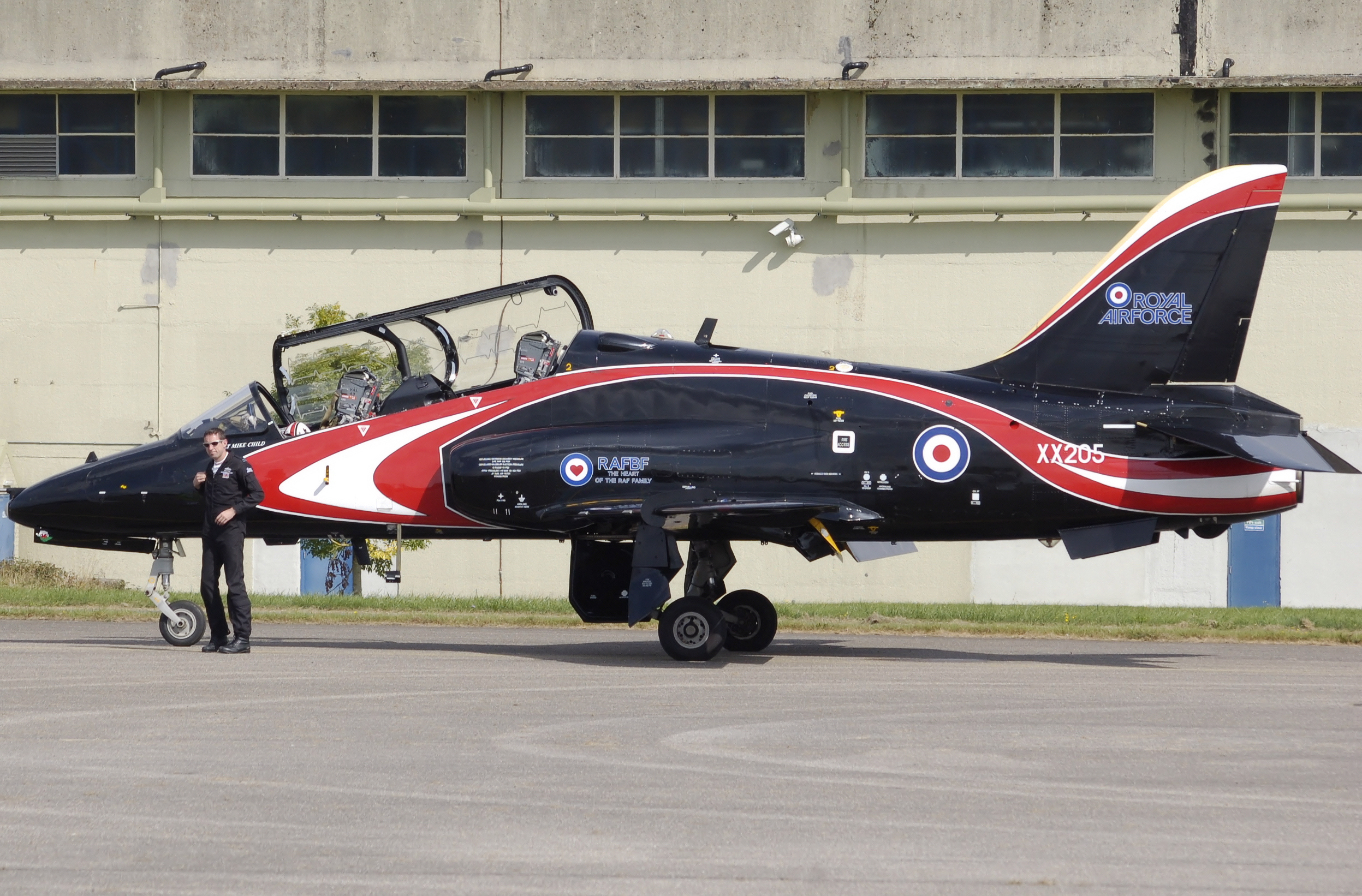|
N500 Naviplane
The N500 Naviplane was a French hovercraft built by SEDAM (''Société d'Etude et de Développement des Aéroglisseurs Marins'') in Pauillac, Gironde for the cross channel route. Intended to have a large passenger and crew capacity, it was for a while the largest hovercraft. Only two were built. The first was destroyed by a fire before entering service, the second proved unreliable and was broken up in 1985 at the end of its service. History * N500-01 - ''Côte d'Argent'' registered LV 365.832 port of Le Verdon, Gironde estuary. :First flight on 19 April 1977 on the Gironde, demonstrating a speed of 40-45 knots (74–83 km/h). She was destroyed by a fire at her construction site on 3 May 1977. * N500-02 - ''Ingénieur Jean Bertin'' registered BL 341.931 port of Boulogne Sur Mer. :Built for Seaspeed by SNCF in 1977. Transferred to Hoverspeed in 1983 after a number of modifications but was returned to SNCF later that year after Hoverspeed decided she was not suitable for thei ... [...More Info...] [...Related Items...] OR: [Wikipedia] [Google] [Baidu] |
Bell Aircraft
The Bell Aircraft Corporation was an American aircraft manufacturer, a builder of several types of fighter aircraft for World War II but most famous for the Bell X-1, the first supersonic aircraft, and for the development and production of many important civilian and military helicopters. Bell also developed the Reaction Control System for the Mercury Spacecraft, North American X-15, and Bell Rocket Belt. The company was purchased in 1960 by Textron, and lives on as Bell Textron. History As a pilot, Larry Bell saw his first plane at an air show, starting a lifelong fascination with aviation. Bell dropped out of high school in 1912 to join his brother in the burgeoning aircraft industry at the Glenn L. Martin Company, where by 1914 he had become shop superintendent. By 1920, Bell was vice president and general manager of Martin, then based in Cleveland. Feeling that he deserved part ownership, in late 1924, he presented Martin with an ultimatum. Mr. Martin refused, and Bell q ... [...More Info...] [...Related Items...] OR: [Wikipedia] [Google] [Baidu] |
SNCF
The Société nationale des chemins de fer français (; abbreviated as SNCF ; French for "National society of French railroads") is France's national state-owned railway company. Founded in 1938, it operates the country's national rail traffic along with Monaco, including the TGV, on France's high-speed rail network. Its functions include operation of railway services for passengers and freight (through its subsidiaries SNCF Voyageurs and Rail Logistics Europe), as well as maintenance and signalling of rail infrastructure (SNCF Réseau). The railway network consists of about of route, of which are high-speed lines and electrified. About 14,000 trains are operated daily. In 2010 the SNCF was ranked 22nd in France and 214th globally on the Fortune Global 500 list. It is the main business of the SNCF Group, which in 2020 had €30 billion of sales in 120 countries. The SNCF Group employs more than 275,000 employees in France and around the world. Since July 2013, the SNCF Grou ... [...More Info...] [...Related Items...] OR: [Wikipedia] [Google] [Baidu] |
Hovercraft
A hovercraft, also known as an air-cushion vehicle or ACV, is an amphibious Craft (vehicle), craft capable of travelling over land, water, mud, ice, and other surfaces. Hovercraft use blowers to produce a large volume of air below the hull, or air cushion, that is slightly above atmospheric pressure. The pressure difference between the higher pressure air below the hull and lower pressure ambient air above it produces lift, which causes the hull to float above the running surface. For stability reasons, the air is typically blown through slots or holes around the outside of a disk- or oval-shaped platform, giving most hovercraft a characteristic rounded-rectangle shape. The first practical design for hovercraft was derived from a British invention in the 1950s. They are now used throughout the world as specialised transports in disaster relief, coastguard, military and survey applications, as well as for sport or passenger service. Very large versions have been used to t ... [...More Info...] [...Related Items...] OR: [Wikipedia] [Google] [Baidu] |
Hovercraft
A hovercraft, also known as an air-cushion vehicle or ACV, is an amphibious Craft (vehicle), craft capable of travelling over land, water, mud, ice, and other surfaces. Hovercraft use blowers to produce a large volume of air below the hull, or air cushion, that is slightly above atmospheric pressure. The pressure difference between the higher pressure air below the hull and lower pressure ambient air above it produces lift, which causes the hull to float above the running surface. For stability reasons, the air is typically blown through slots or holes around the outside of a disk- or oval-shaped platform, giving most hovercraft a characteristic rounded-rectangle shape. The first practical design for hovercraft was derived from a British invention in the 1950s. They are now used throughout the world as specialised transports in disaster relief, coastguard, military and survey applications, as well as for sport or passenger service. Very large versions have been used to t ... [...More Info...] [...Related Items...] OR: [Wikipedia] [Google] [Baidu] |
Pauillac
Pauillac (; oc, Paulhac) is a municipality in the Gironde department in Nouvelle-Aquitaine in southwestern France. The city is mid-way between Bordeaux and the Pointe de Grave, along the Gironde, the largest estuary in western Europe. Population Access The town is situated on the famous "Route des châteaux" or road "D2" which runs through the centre of the prestigious wine appellations. It stretches from Blanquefort in the South (close to Bordeaux) to the northern tip of the Médoc. The Pauillac railway station stands on the line from Bordeaux-Ravezies to the Pointe de Grave. It is served by the TER Nouvelle-Aquitaine regional rail network and operated by the French national railway company SNCF. Ports In 1872, one of the first sailing clubs in France, still active today, was created in Pauillac, followed by the International UCPA sailing school. In 1896, the French Line Compagnie Générale Transatlantique built a terminal at Pauillac, Trompeloup, on which four cr ... [...More Info...] [...Related Items...] OR: [Wikipedia] [Google] [Baidu] |
Gironde
Gironde ( US usually, , ; oc, Gironda, ) is the largest department in the Nouvelle-Aquitaine region of Southwestern France. Named after the Gironde estuary, a major waterway, its prefecture is Bordeaux. In 2019, it had a population of 1,623,749.Populations légales 2019: 33 Gironde INSEE The famous region is in Gironde. It has six arrondissements, making it one of the departments with the most arrondissement ... [...More Info...] [...Related Items...] OR: [Wikipedia] [Google] [Baidu] |
Gironde Estuary
The Gironde estuary ( , US usually ; french: estuaire de la Gironde, ; oc, estuari de aGironda, ) is a navigable estuary (though often referred to as a river) in southwest France and is formed from the meeting of the rivers Dordogne and Garonne just downstream of the centre of Bordeaux. Covering around , it is the largest estuary in western Europe. Named after the French ''département'' Gironde, the Gironde estuary is approximately long and 3–12 km (2–7 miles) wide. It is subject to very strong tidal currents and great care is needed when navigating the estuary by any size or type of boat. Since 2015, the Gironde estuary has been part of the Gironde estuary and Pertuis sea Marine Nature Park. Islands of the Gironde Within the estuary between the Pointe de Grave at the seaward end and the Bec d'Ambès are a series of small islands. The Île de Patiras is 200 ha in size with a lighthouse to aid navigation in the estuary. Vines and maize are gro ... [...More Info...] [...Related Items...] OR: [Wikipedia] [Google] [Baidu] |
Seaspeed
Seaspeed was a British hovercraft operator which ran services in the Solent and English Channel between 1965 and 1981, when it merged with a rival to form Hoverspeed. Seaspeed was a jointly owned subsidiary of railway companies British Rail (under British Rail Hovercraft Limited) and France's SNCF, and was established in 1965. Seaspeed operated several services; its first route, running between Cowes and Southampton, was launched on 6 July 1966. Initially operating a fleet of SR.N6s for these short-distance services, it opted to procure larger SR.N4s for its cross-Channel ferry service; the first of these hoverferries was introduced in 1968. On this route, Seaspeed competed against traditional ferries and rival SR.N4 operator Hoverlloyd. In 1976, after concluding that it could not attain suitable profitability from its smaller SR.N6 services, Seaspeed sold these to rival hovercraft company Hovertravel. Focusing upon its cross-Channel service, it opted to repeatedly upgrade the ... [...More Info...] [...Related Items...] OR: [Wikipedia] [Google] [Baidu] |
Hoverspeed
Hoverspeed was a ferry company that operated on the English Channel from 1981 until 2005. It was formed in 1981 by the merger of Seaspeed and Hoverlloyd. Its last owners were Sea Containers; the company ran a small fleet of two high-speed SeaCat catamaran ferries in its final year. Hoverspeed played a part in developing the hovercraft, and ran six SR.N4 Mountbatten class hovercraft and one SEDAM N500 Naviplane. Hoverspeed last operated hovercraft on its Dover to Calais service. They were withdrawn on 1 October 2000 and Hoverspeed continued to use Seacat catamarans built by Incat. Background and formation Early attempts to consolidate operations During the early 1970s, when both Hoverlloyd and Seaspeed were struggling to return a profit, the two operators had been in negotiations on a partnership to amalgamate operations. However, management at Hoverlloyd was not convinced the UK government would sanction any form of arrangement between Seaspeed and a foreign company. The ... [...More Info...] [...Related Items...] OR: [Wikipedia] [Google] [Baidu] |
Hawker Siddeley
Hawker Siddeley was a group of British manufacturing companies engaged in aircraft production. Hawker Siddeley combined the legacies of several British aircraft manufacturers, emerging through a series of mergers and acquisitions as one of only two such major British companies in the 1960s. In 1977, Hawker Siddeley became a founding component of the nationalised British Aerospace (BAe). Hawker Siddeley also operated in other industrial markets, such as locomotive building (through its ownership of Brush Traction) and diesel engine manufacture (through its ownership of Lister Petter). The company was once a constituent of the FTSE 100 Index. History Origins Hawker Siddeley Aircraft was formed in 1935 as a result of the purchase by Hawker Aircraft of the companies of J. D. Siddeley, the automotive and engine builder Armstrong Siddeley and the aircraft manufacturer Armstrong Whitworth Aircraft. [...More Info...] [...Related Items...] OR: [Wikipedia] [Google] [Baidu] |







